Fashion vs function: 5 things to avoid when shopping for stylish hiking clothes
Fashion and function don’t have to be enemies in the outdoor world, but your gear has to work – here’s what to look out for
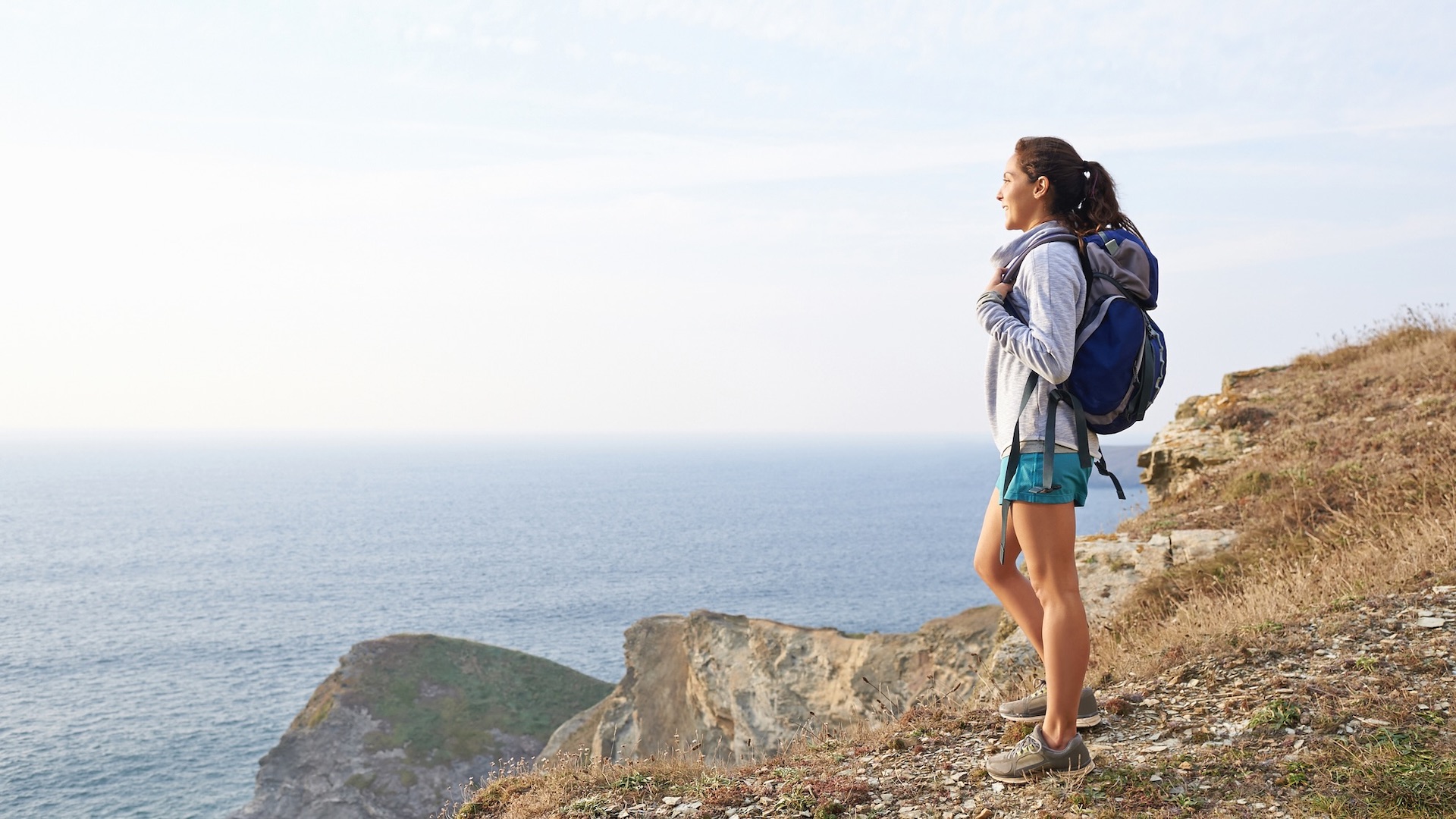
I don’t know if you’ve noticed, but outdoor gear is getting a lot sexier. No longer do you have to hike the hills in shades of gray and brown, shapeless waxed jackets and boxy fleeces if you don’t want to. Storm up to the summit in fashion-forward, figure-defining styles and bold animal prints all you want!
While some more traditional hikers sneer at the bright colors and sneaker-style hiking boots on the trails today, as I’ve written before I really don’t care if outdoor gear is getting more street. As long as you’re warm and dry when you’re out in the mountains, I’m quite happy for you to look hip while you’re at it.
As an outdoors journalist, I get to test a lot of gear on my hiking adventures – waterproof jackets, hiking shoes, hiking pants and more. Over the last couple of years, I’ve tested quite a few items that look pretty chic for going up a mountain, and while some really are technical and high-performing, others seem to have eschewed some outdoors essentials in favor of style. As I heard someone say on a recent press trip to the Alps with Columbia, a company that’s really going after the next generation of hikers with vibey gear, fashion and function don’t have to be enemies, but your gear has to work.
I’ve compiled a short list of details to watch out for when you’re shopping for all-the-rage outdoor gear to make sure that what you end up with does what you need it to.
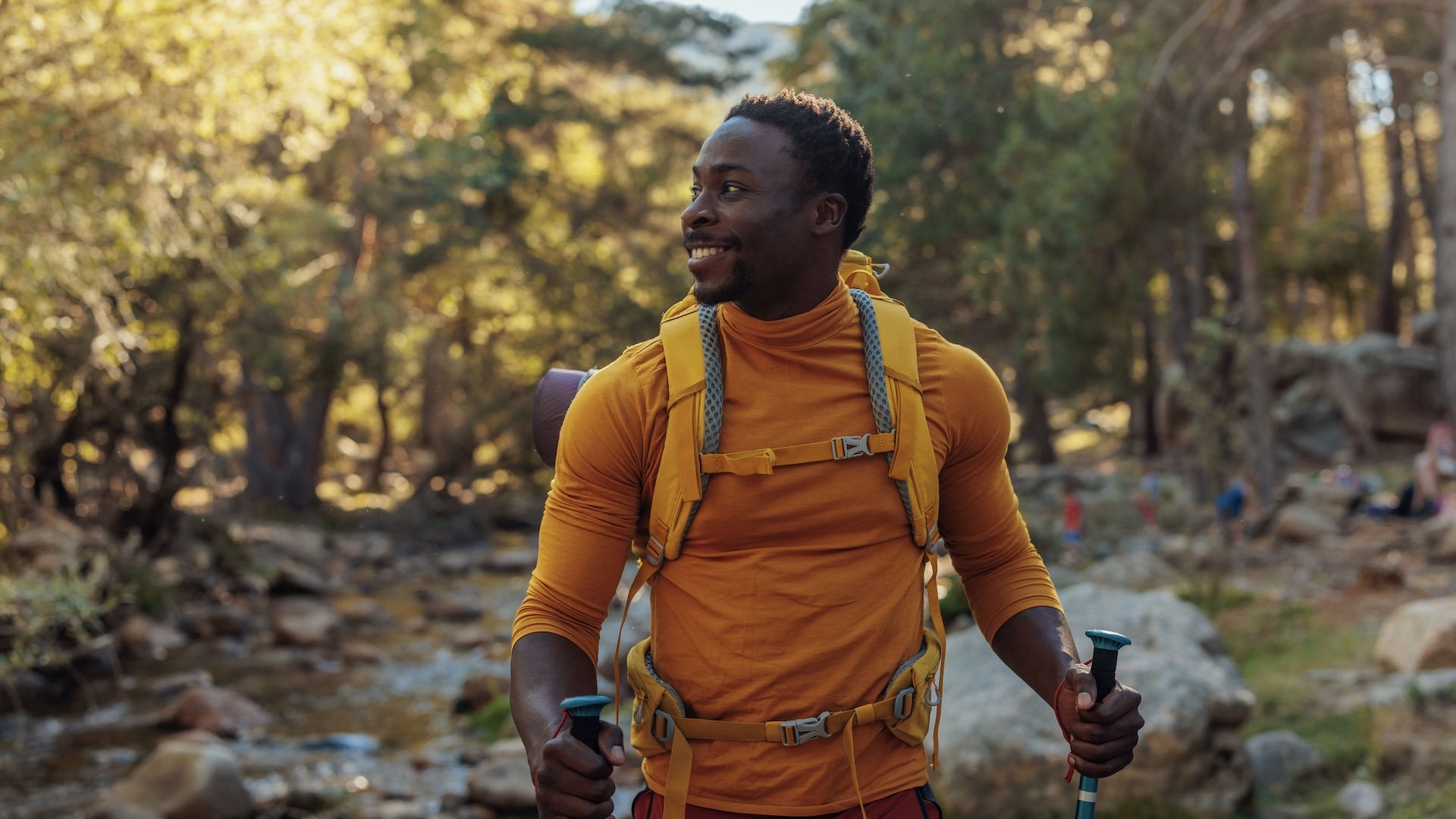
1. A dearth of pockets
One of the main elements that can be lacking from glam outdoor gear is usable pockets. Will a lack of pockets endanger your life? Probably not, unless you’re also hiking without a backpack, but good pockets are definitely an important part of any hiking jacket, be it waterproof, fleece or down, while many hikers also like a couple of good pockets on their lower body too.
Why? To carry items that you want close to hand, of course, like your hiking gloves when it’s chilly out, your phone and a map of the area you’re exploring. For these items, you need pockets that are deep enough, and ideally sealed with a zipper – the last thing you want to do is get back to the trailhead and realize you dropped your phone somewhere over the last five miles.
If you’re eyeing up a really flattering pair of pants or a cute jacket, check that it has enough pockets for your purposes, and that they’re deep enough for the things you want to stash. It’s also a good idea to make sure that you can actually access your jacket pockets once your backpack is on. If the garment doesn’t really have the storage you need, you might still buy it, but maybe save it for riverside walks in the city.
All the latest inspiration, tips and guides to help you plan your next Advnture!
If you don’t want to compromise, for going up a hill, you can still look great in technical garments like the Fjallraven Keb Curved trousers and the Jack Wolfskin Prelite Alpha Jacket, which are two of my favorites and have plenty of zipped storage.
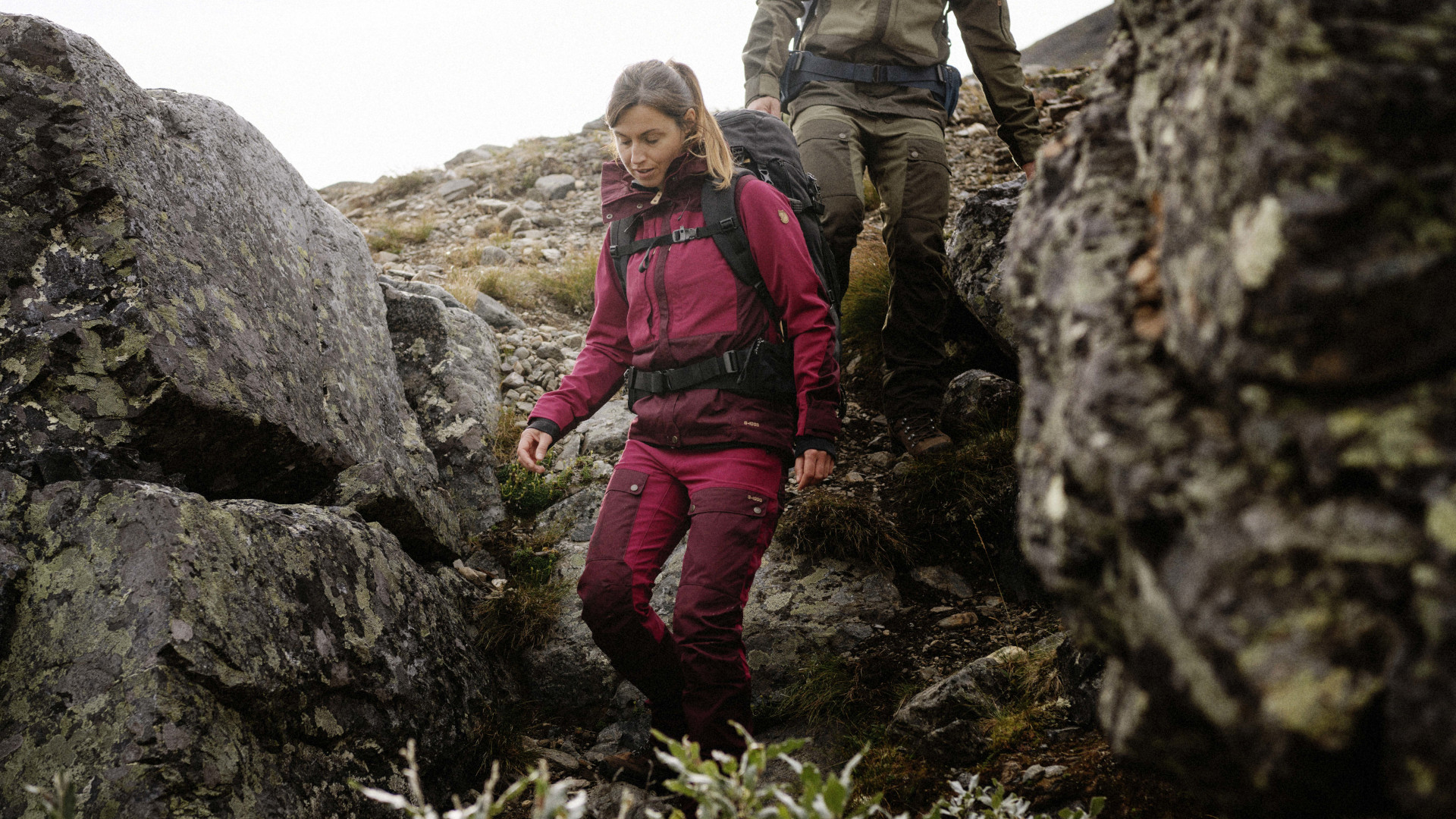
2. Hoods that won’t stay up
Next up, let’s talk about hoods. This is another area where jackets can look the part, but fail you when it really matters. If you’re hiking anywhere where there might be rainfall, or even high winds (think, the top of a 14er), you’re going to want a hood that cinches tight and stays up in a gale. I like a hood that won’t come down unless I unzip the jacket, and has a peak to keep the rain out of my eyes.
I recently tested a pretty fab looking waterproof jacket with a stylish, boxy cut in an attractive mauve. I don’t always look great in outdoor gear; mostly I look like a teenager wearing my dad’s clothes, so I was secretly stoked at how good I looked.
Being in Scotland, I basically always have the right conditions to test such a garment, and mother nature didn’t let me down as I headed up on one of my favorite hills, just where the Highlands begin. Almost instantly, it started spitting and as I got higher, the wind really picked up and the rain came in sideways sheets. Ah, Scotland. Now this jacket is made from near-bulletproof waterproof material and had taped seams, so it was nearly perfect. Except the hood didn’t stay up.
No matter what cords I tugged and how hard I cinched it, it instantly blew down the moment I turned towards the wind. Fortunately, it wasn’t a particularly cold day, so I completed my hike, but my face and hair were drenched by the end of it. Obviously, when you choose waterproof gear, this is the last thing you want, so when you’re checking out that voguish outer layer, put the hood up, make sure it cinches around your head and ideally, you won’t be able to pull it down without unzipping the jacket a little.

3. Lack of length
The most practical insulated jackets will cover your hips for added warmth, while a waterproof may even come down lower than your bum so that you can sit down without getting soaked. It works, but if you already have short legs you might not love the munchkin vibe it creates.
When the runways are featuring cropped styles, a season later this look can start to make its way into outdoor gear and you might find yourself thrilled by the sight of a fleece that stops at your hip bones. Finally, everyone will be able to appreciate your lower half! If you’re just sprinting through town in a rainstorm, this is fine, but on the hill you do sacrifice some warmth and wet weather protection, so look for a little more length in your outdoor jackets.
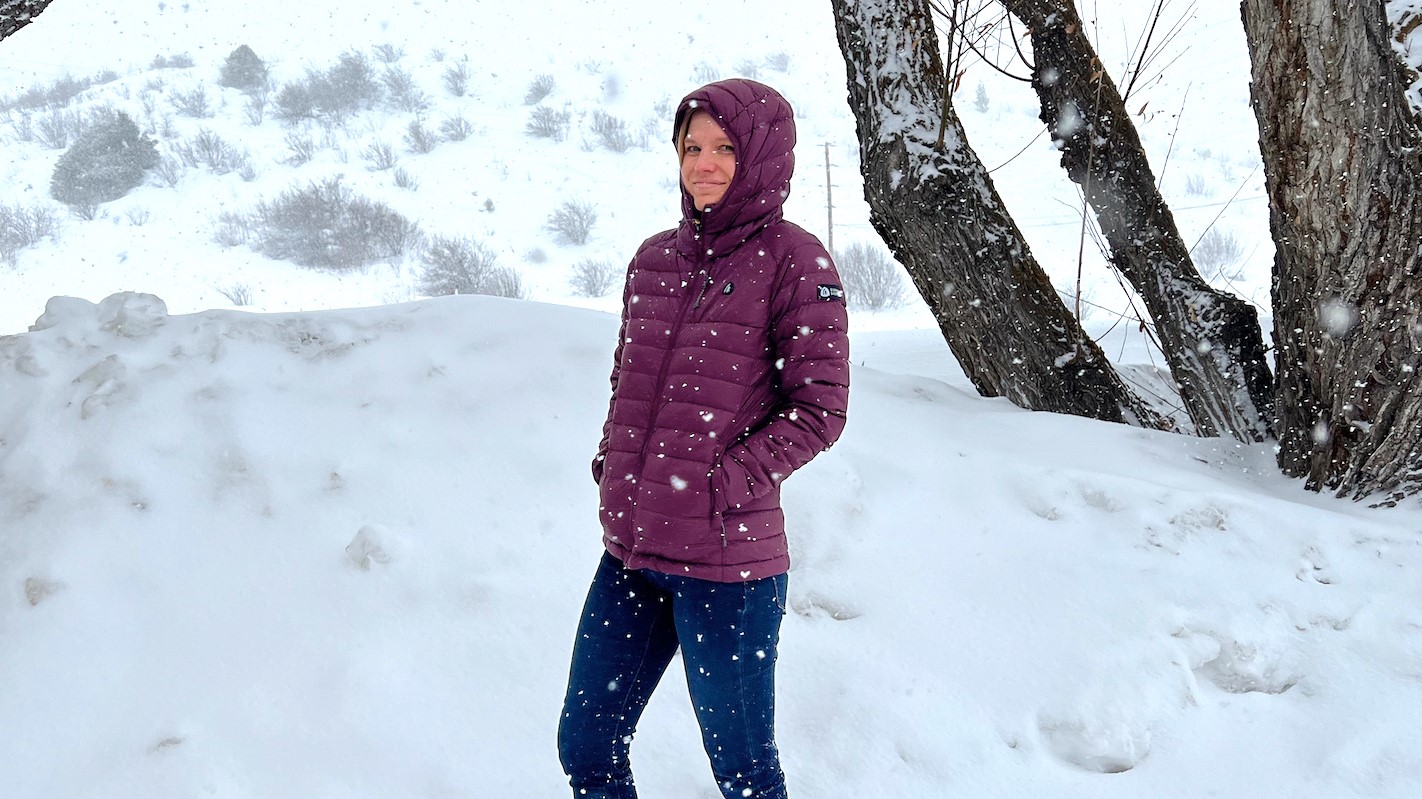
4. So much stretch
Hardly a day goes by without me rejoicing in the ubiquity of elastane in clothing, having spent my childhood unable to raise my arms over my head thanks to stiff, unyielding shirts. A little stretch goes a long way in outdoor gear, from hiking pants to base layers, adding a lot of comfort and preventing you from ever hearing that heart-sinking ripping sound coming from your crotch when you’re scrambling up a steep slope.
Fashionable clothing often has lots of stretch, making for figure-hugging styles that cause some to celebrate and others to weep in despair. It’s definitely more comfortable and allows you to move freely, but too much stretch isn’t always the best thing.
Firstly, very stretchy clothing tends not to last as long, so in your hiking pants look for no more than 10 percent elastane. In jackets, it’s honestly best to avoid stretch altogether, because as soon as you put anything more than a credit card in your pocket, it will start hanging down and stretching out the garment.
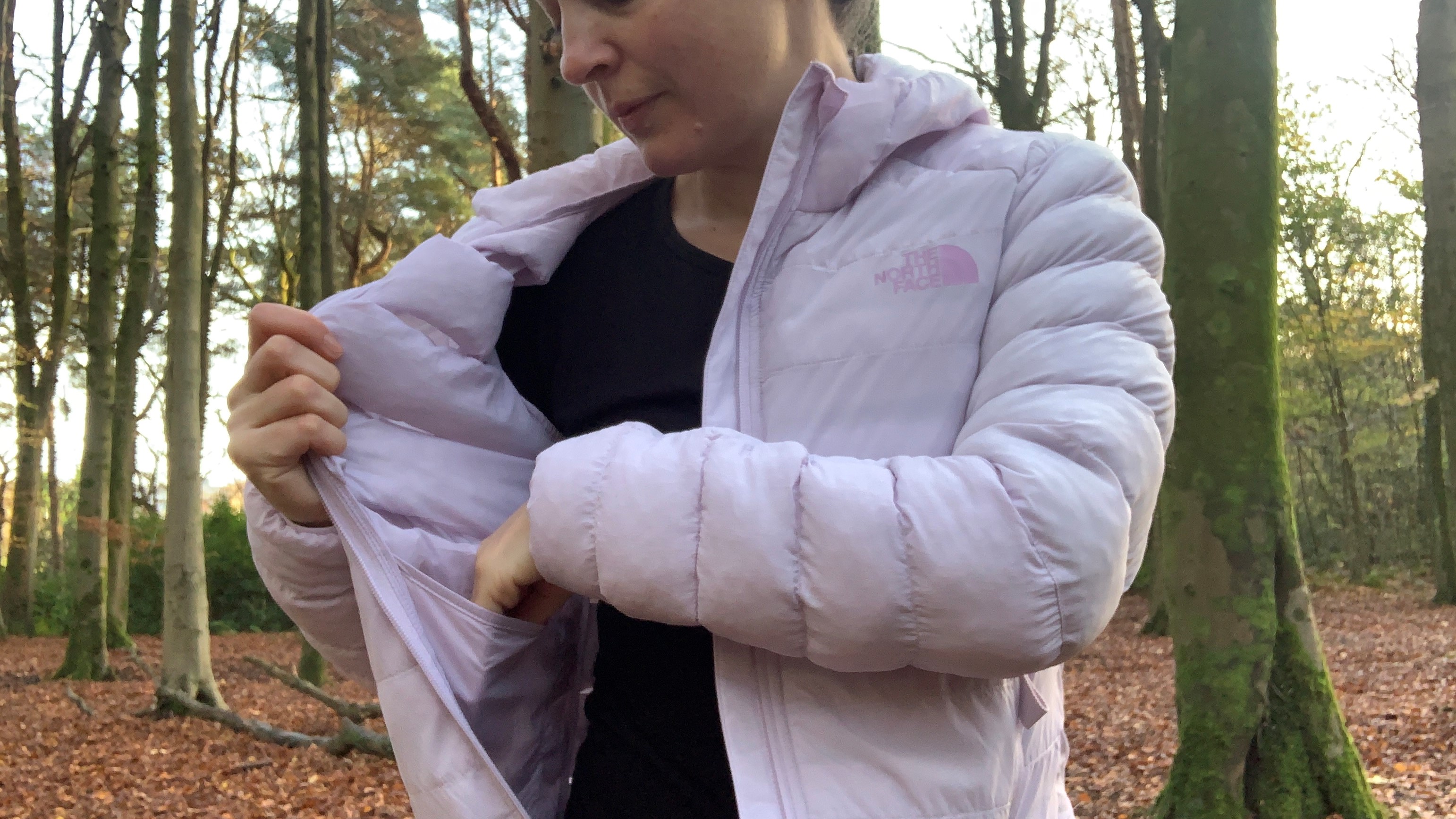
5. Tapered toe boxes
I won’t be so audacious as to say there’s a one-size-fits-all approach when it comes to hiking footwear, because what you put on your feet is a very personal choice. You can choose between boots and shoes, you may or may not want waterproof models, and many people are quite happy hiking in trail running shoes.
These days, hiking boots are looking more and more like a sneaker, and honestly I’m not against the idea. They’re comfortable straight out of the box and, if they have good traction and breathability, they can perform really well.
All that said, there’s one thing I’ve noticed that some companies are doing, perhaps to make their funky footwear look less clumpy, and that’s a tapered toe box. For hiking, you want lots of room for your feet to swell, your toes to spread and so that you can walk downhill without your toes bashing into the ends of the boot. I’ve already had one painful experience this year with boots that looked great, and performed well in other areas, but didn’t have enough space for my fourth and pinkie toes, even though I’d gone up a half size and don’t have wide feet.
I know they might look a bit hobbitey, but those broad toe boxes are there for a reason – to help you avoid bruised toenails, which are never in vogue.
Julia Clarke is a staff writer for Advnture.com and the author of the book Restorative Yoga for Beginners. She loves to explore mountains on foot, bike, skis and belay and then recover on the the yoga mat. Julia graduated with a degree in journalism in 2004 and spent eight years working as a radio presenter in Kansas City, Vermont, Boston and New York City before discovering the joys of the Rocky Mountains. She then detoured west to Colorado and enjoyed 11 years teaching yoga in Vail before returning to her hometown of Glasgow, Scotland in 2020 to focus on family and writing.

